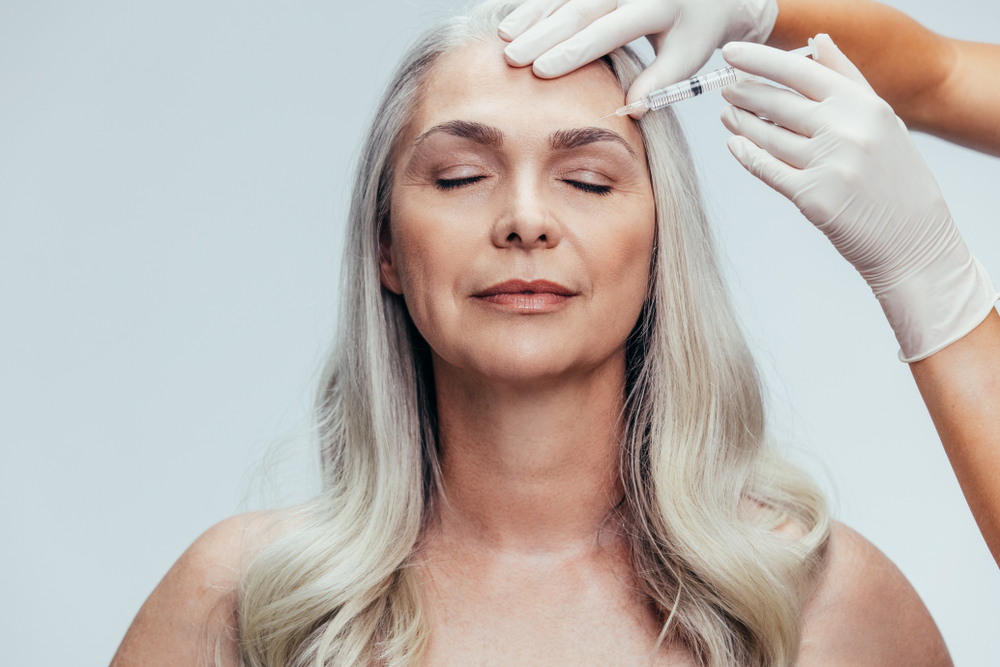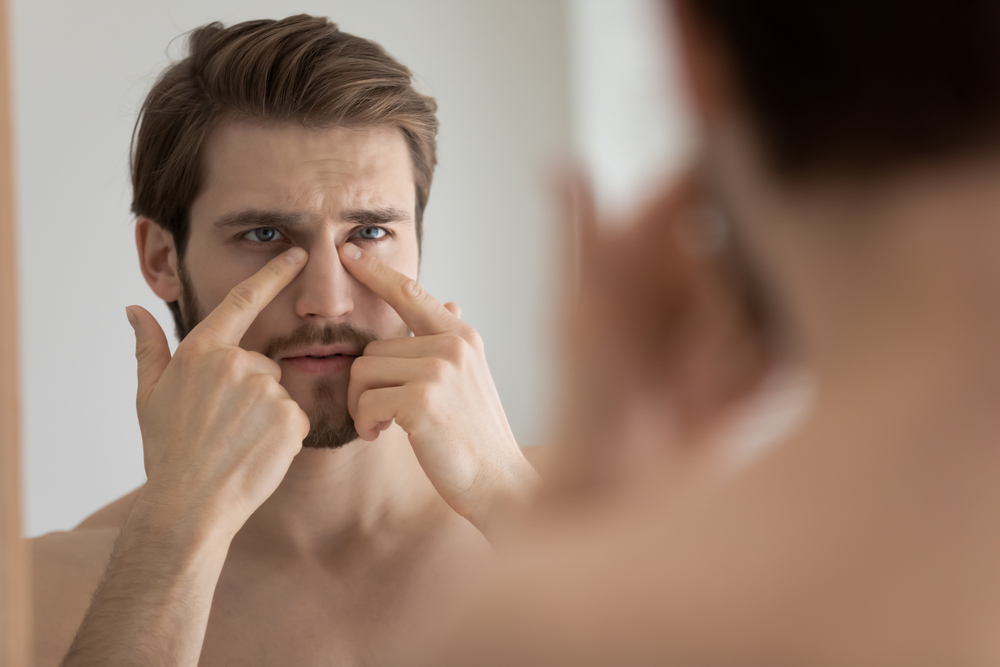Aesthetic Trends to Watch in 2025: The Future of Beauty and Wellness
The aesthetics industry is evolving rapidly, with 2025 bringing innovations that prioritise natural results, regenerative treatments, and holistic well-being. Advances in technology, longevity science, and personalised care are reshaping how practitioners approach beauty and ageing. Here’s a look at the key trends defining the aesthetic landscape this year.
Regenerative Aesthetics: Stimulating Natural Repair
Regenerative medicine is at the forefront of aesthetics, with polynucleotides, exosome therapy, and bio-stimulating fillers gaining traction. These treatments work by enhancing collagen and elastin production, encouraging the skin to repair itself rather than relying on artificial volume restoration. As patients seek subtle, long-lasting results, the demand for regenerative approaches continues to grow. (Aesthetic Medicine, 2025)
AI-Driven Personalisation in Aesthetic Treatments
Artificial intelligence is revolutionising aesthetic medicine, enabling practitioners to tailor treatments more precisely than ever. AI-assisted skin analysis and genetic testing allow for highly customised skincare and treatment plans based on an individual’s genetic makeup, lifestyle, and ageing patterns. This shift towards personalisation ensures better outcomes and patient satisfaction. (Hamilton Fraser, 2025)
Combination Therapies: Enhancing Treatment Synergy
A growing trend in 2025 is “treatment stacking,” where multiple aesthetic procedures are combined to maximise results. Practitioners are integrating techniques such as injectables with energy-based devices like lasers or radiofrequency to create more comprehensive anti-ageing solutions. This approach offers a more tailored and effective way to achieve desired outcomes. (Aesthetic Medicine, 2025)
Longevity and Biohacking in Aesthetics
Aesthetics is no longer just about appearance; it is increasingly linked to longevity and overall health. Techniques such as epigenetic testing and hormone profiling are helping to create wellness-driven beauty strategies. Additionally, lifestyle factors like sleep, nutrition, and stress management are becoming integral parts of aesthetic care, reflecting a shift towards preventative anti-ageing. (Professional Beauty, 2025)
Advances in Botulinum Toxin: Longer-Lasting Results
Botulinum toxin (Botox) treatments are evolving, with new formulations designed to last longer and deliver more natural-looking results. AI-assisted injection techniques are also improving precision, reducing the risk of over-treatment, and enhancing patient safety. (Aesthetic Medicine, 2025)
Hair and Scalp Health: A Growing Focus
Hair restoration treatments are becoming increasingly sophisticated, with PRP therapy, exosomes, and stem cell treatments showing promising results. Scalp health is being recognised as a key factor in hair retention, leading to a surge in demand for non-surgical solutions for hair loss. (Professional Beauty, 2025)
Women’s Health and Aesthetics: Addressing Hormonal Changes
The aesthetics industry is also shifting towards treatments that support women’s health, particularly in addressing the effects of menopause. Hormone-related skin and body changes are becoming a greater focus, with aesthetic practitioners developing targeted solutions to support women at every stage of life. (Aesthetic Medicine, 2025)
As aesthetic medicine moves beyond surface-level treatments, the integration of science, technology, and wellness is shaping a future where beauty and health go hand in hand. The trends emerging in 2025 signal a more holistic, individualised approach to aesthetics, one that prioritises long-term well-being alongside cosmetic enhancement.












